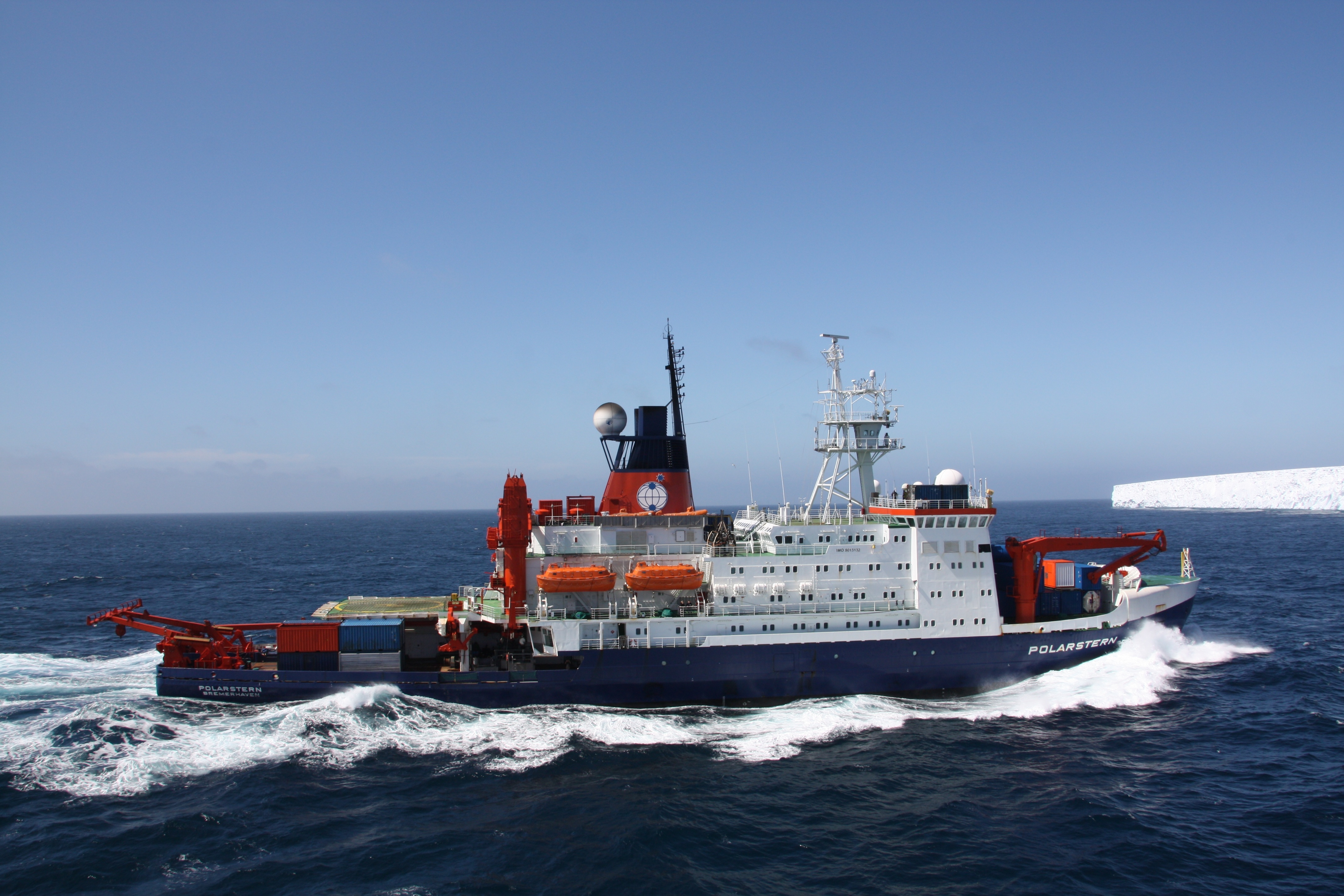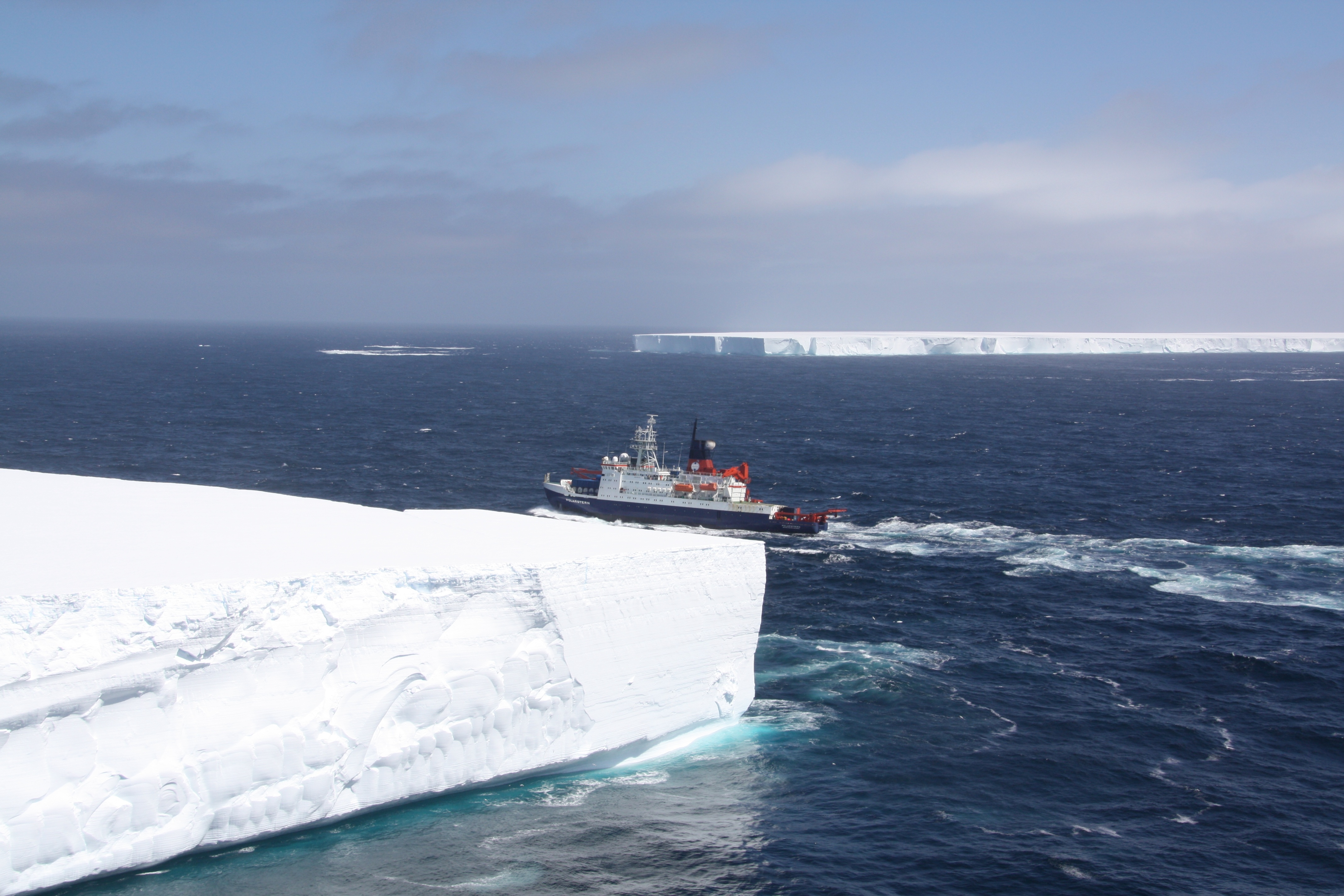Determination of the cruise route and progress of work in agreement with the captain
Ship's speeds for planning:
| Zones | Speed |
|---|---|
journey to and from the research area | 10,5 kn = 19,5 km/h |
between single station | 8 kn = 15 km/h |
ice coverage 1 – 2 tenths | 7 kn = 13 km/h |
ice coverage 3 – 6 tenths | 5 kn = 9,5 km/h |
ice coverage 7 – 10 tenths | 2 kn = 3,5 km/h |
Up to 3 of 4 main engines will be used for transits. Main engine 4 will be used for emergency cases and heavy icebreaking.
Higher speeds than stated above are not realistic and will lead to disappointment if the plan cannot be implemented in practice. Time reserves also have to be taken into account because wind, sea and ice may quickly delay the plan.
Tests and calibration works after a call to port have also be taken into account because maintance work e.g. on the sounding systems may have taken place. This has to be expected in particular after departure from Bremerhaven.
Neither time loss due to bad weather, ice coverage, delayed departure nor other reasons justify a higher transit speed. Economical and ecological reasons prohibit an enhanced fuel consumption. The captain alone decides about the ship's speed considering all relevant circumstances and obligations.
The current programme is discussed during a daily meeting of captain, cruise leader and meteorologist. The cruise leader points out the scientific demands and the captain adds the nautical and technical possibilities. Together they will work out a practical approach. All activities have to comply with safety measures as well as work and rest hours of crew and science members.
RV Polarstern in front of a iceberg (Photo: Dr. Folke Mertens)
RV Polarstern on its way to Neumayer-Station (Foto: Dr. Folke Mertens)

